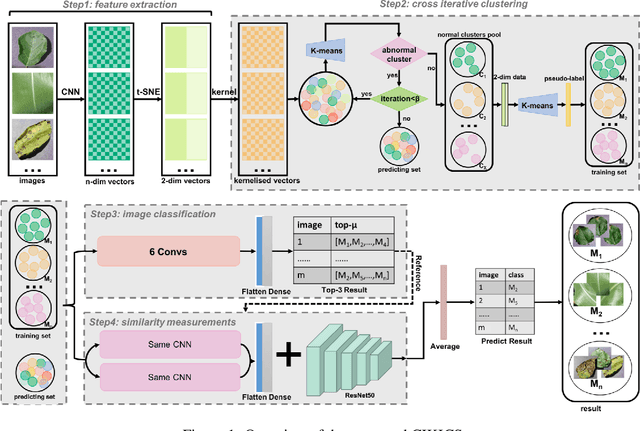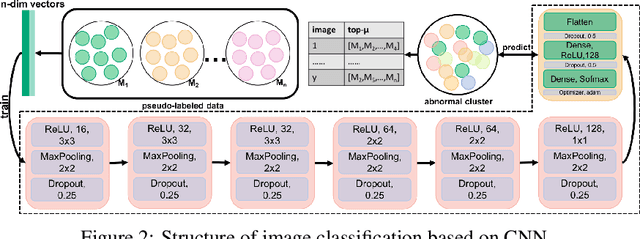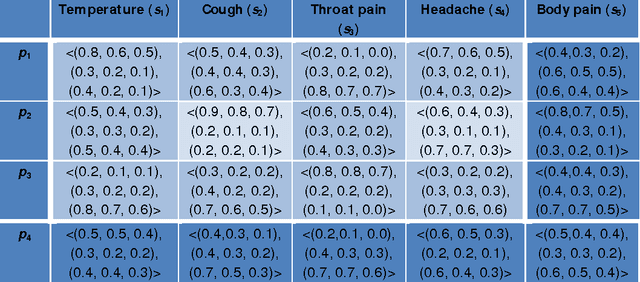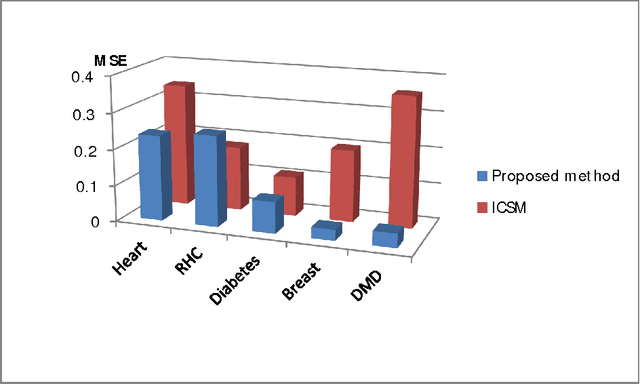Mumtaz Ali
Chaotic-to-Fine Clustering for Unlabeled Plant Disease Images
Jan 18, 2021



Abstract:Current annotation for plant disease images depends on manual sorting and handcrafted features by agricultural experts, which is time-consuming and labour-intensive. In this paper, we propose a self-supervised clustering framework for grouping plant disease images based on the vulnerability of Kernel K-means. The main idea is to establish a cross iterative under-clustering algorithm based on Kernel K-means to produce the pseudo-labeled training set and a chaotic cluster to be further classified by a deep learning module. In order to verify the effectiveness of our proposed framework, we conduct extensive experiments on three different plant disease datatsets with five plants and 17 plant diseases. The experimental results show the high superiority of our method to do image-based plant disease classification over balanced and unbalanced datasets by comparing with five state-of-the-art existing works in terms of different metrics.
A Neutrosophic Recommender System for Medical Diagnosis Based on Algebraic Neutrosophic Measures
Feb 25, 2016



Abstract:Neutrosophic set has the ability to handle uncertain, incomplete, inconsistent, indeterminate information in a more accurate way. In this paper, we proposed a neutrosophic recommender system to predict the diseases based on neutrosophic set which includes single-criterion neutrosophic recommender system (SC-NRS) and multi-criterion neutrosophic recommender system (MC-NRS). Further, we investigated some algebraic operations of neutrosophic recommender system such as union, complement, intersection, probabilistic sum, bold sum, bold intersection, bounded difference, symmetric difference, convex linear sum of min and max operators, Cartesian product, associativity, commutativity and distributive. Based on these operations, we studied the algebraic structures such as lattices, Kleen algebra, de Morgan algebra, Brouwerian algebra, BCK algebra, Stone algebra and MV algebra. In addition, we introduced several types of similarity measures based on these algebraic operations and studied some of their theoretic properties. Moreover, we accomplished a prediction formula using the proposed algebraic similarity measure. We also proposed a new algorithm for medical diagnosis based on neutrosophic recommender system. Finally to check the validity of the proposed methodology, we made experiments on the datasets Heart, RHC, Breast cancer, Diabetes and DMD. At the end, we presented the MSE and computational time by comparing the proposed algorithm with the relevant ones such as ICSM, DSM, CARE, CFMD, as well as other variants namely Variant 67, Variant 69, and Varian 71 both in tabular and graphical form to analyze the efficiency and accuracy. Finally we analyzed the strength of all 8 algorithms by ANOVA statistical tool.
Soft Neutrosophic Algebraic Structures and Their Generalization
Aug 23, 2014Abstract:Study of soft sets was first proposed by Molodtsov in 1999 to deal with uncertainty in a non-parametric manner. The researchers did not pay attention to soft set theory at that time but now the soft set theory has been developed in many areas of mathematics. Algebraic structures using soft set theory are very rapidly developed. In this book we developed soft neutrosophic algebraic structures by using soft sets and neutrosophic algebraic structures. In this book we study soft neutrosophic groups, soft neutrosophic semigroups, soft neutrosophic loops, soft neutrosophic LA-semigroups, and their generalizations respectively.
 Add to Chrome
Add to Chrome Add to Firefox
Add to Firefox Add to Edge
Add to Edge